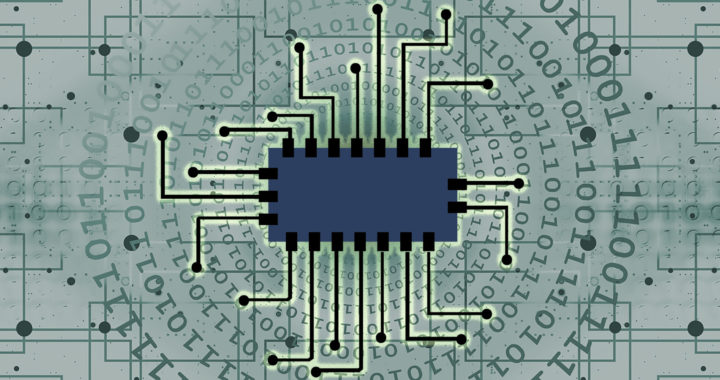The practical applications of artificial intelligence meant additional processing workloads for computer systems and other consumer electronic devices. These prompted computer engineers, system designers, chipmakers, and device manufacturers to use AI accelerators to remove the burden of processing AI-related tasks from central processing units.
An AI accelerator is a type of hardware accelerator or coprocessor. It is a dedicated hardware component specialized to process AI algorithms and handle AI workloads. AI accelerators are now present in computers, smartphones, tablets, and other smart devices, as well as in modern automotive vehicles and commercial or industrial machine systems.
The Advantages of AI Accelerators: Maximizing the Uses and Applications of Artificial Intelligence
Remember that AI accelerators are designed to accelerate AI applications or AI-related tasks. Their use leverages the advantages and applications of machine learning and deep learning, natural language processing and the processing of large language models, and other fields of artificial intelligence such as robotics and computer vision.
The general advantage of these hardware components mirrors the advantages of hardware accelerators and parallel computing. They have become essential components in modern electronic devices because they lessen the workload on the central processor. This ensures that the entire system runs as efficiently due to parallel or coprocessing.
Below are the specific advantages:
• Speeds Up AI Workloads: They are specifically designed to process AI algorithms and models. This means that they are faster and more efficient than general-purpose processors when it comes to handling AI-related tasks or workloads.
• More Power Efficient: Another advantage of AI accelerators is that they consume less power than general-purpose processors. Field-programmed, application-specific, and superscalar processors can have low-powered processing cores.
• Can Be Cost-Effective: Using hardware components designs for artificial intelligence is more inexpensive than using general-purpose processors and even graphics processors. This makes them cost-effective for large-scale AI applications.
• Programmable and Flexible: Specific hardware designs such as FPGAs and superscalars can be programmed to handle a particular or a range of AI tasks such as image processing, deep learning, and language processing.
• Scalability of Performance: There are hardware designs that can be scaled to handle larger AI workloads or adapt to expanding AI applications. This makes an existing AI deployment cost-effective and future-proof.
The Disadvantages of AI Accelerators: Challenges in Hardware Architecture and Issues with Implementation
It is important to note that there are different types of AI accelerators. GPUs are the first hardware accelerators that have been repositioned as coprocessors for handling AI-related processing requirements. Other types of AI accelerators have since emerged. This means that there are no standards as regards hardware design.
Furthermore, considering their design and implementation, some might find these as one of their notable challenges because of the complexities and expertise involved. The lack of design standards on top of the expanding and evolving applications of artificial intelligence creates a need for specialized skills and knowledge.
Below are the specific disadvantages:
• Relative High Production Cost: Remember that there are different types of AI accelerators. Application-specific integrated chips and neuromorphic hardware can be expensive to produce because they are custom-built.
• Implementation Complexities: Designing and implementing a particular processor for AI-related tasks and workloads require specialized expertise. It must also be attuned to a particular AI algorithm and instruction set architecture.
• Still Has Limited Flexibility: Programmed chips or custom-built ones are prone to suffering from compatibility issues. These hardware components may not be flexible enough to tackle new AI algorithms and models.
• Power Consumption Requirement: There are coprocessors found in mobile devices that are power-efficient. However, for processing-heavy AI requirements, these hardware accelerators can consume a large amount of power.
• Absence of Industry Standards: Another disadvantage of AI accelerators is that they are not interoperable. There are different types of these coprocessors with different capabilities, specified use cases, and limitations.

